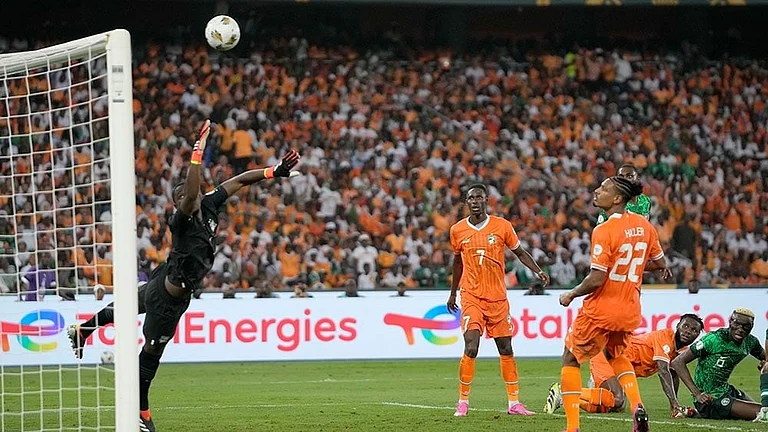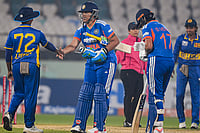This is a most unusual book. It is not often that a police force, burdened with dealing constantly with the worst aspects of human nature, has time to retrospect on its history and heritage. It is an achievement to have created a well-produced book with stunning photographs and readable archival material going back two centuries to when the British entered Delhi in 1803. Historical references have been located to identify kotwals of Delhi going back to the 13th century, among whom was Ganga Dhar Nehru, Jawaharlal’s grandfather who was appointed in the "first half of the 19th century". The relative unimportance of Delhi in the civil set-up can be seen from its attachment to the North West Provinces for its administration, while being under the district headquarters at Agra. Interestingly, the first divisional commissioner and chief of police was the tireless William Fraser. The book omits his more sensational details such as his preference for the angarkha and his attachment to his four Indian bibis.
Readers of this fine book might at first be dissatisfied at not finding explanations in a Delhi Police book for the horrible traffic snarls, or why there appear to be more traffic policemen around Race Course Road than around the chaotic Dhaula Kuan flyover. The answers might be found in the next book they publish, but this one is really only about their heritage. Quite hilarious is the account of Jyoti, son of Chuhe Mal who in 1897 had his pajamas stolen by Ram Dayal. The miscreant was caught with (in them?) the pajamas by constable Man Singh, brought to the police station and awarded five lashes—case disposed. Quite honestly, why can’t we bring corporal punishment back? Can anyone imagine Ram Dayal being dealt his punishment today in less than two years with our ‘enlightened’ system of dispensing justice? During that time he would probably be in jail as an undertrial.
The heritage police stations are a wonderful set of buildings, constructed to ward off the heat of the Indian summer. They apparently once included the Neeli Gumbad dome in Nizamuddin. Built when Delhi’s population was less than half a million, these buildings are a tribute to their British planners in that they still function as police stations. Among the historic instructions to the shos, there is one written in 1936 that elicited this reviewer’s curiosity, on whether it is still in force: "The sho...will patrol at least once a week between the hours of midnight and 4 am in the kotwali jurisdiction." Presumably, he is to record his midnight inspection details in the kotwali register, to be produced for inspection. Do inspections happen now? Would the superintendent record what his forbears did in 1876? "...(the) men don’t know their drill.... Shimboo Lal had a dirty carbine...the grounds are dirty". The old training facilities at Phillaur are very interesting but it might have been a good idea to include some photographs of the current facilities at Jharoda Kalan.
Some of the FIRs reproduced in the book are quite historic and the author has most cannily chosen the one registering Mahatma Gandhi and Indira Gandhi’s assassinations, and the attack on Parliament. Distinctly noticeable is the rising levels of education of the shos, caught unawares to suddenly being the man on the spot and having to register the cases in their own handwriting. Clearly, the human material coming into the police force is adequate, the basic training is good. Thereafter who gets promoted, and more importantly who doesn’t, decides what the quality of policing will be. Many of the visuals like the cover photograph are of museum quality, but one can’t help notice the sad decline in the quality of horses in recent photographs. A sentimental attachment to the Kathiawari horse is all very well, but surely, is there a more unsuitable horse for police work, with its delicate temperament, small hooves and light weight? Some of the digitally composed or scanned photographs are also of bad quality.
In rather poor taste are the five pages of ‘Messages’. This is usually a feature of government publications but five of them are rather a vulgar display of unnecessary hierarchy. At the end of reading this otherwise fine book, the reviewer couldn’t help shouting—‘Will the real author stand up?’ A desirable coffee-table book and an excellent gift for a man.






















